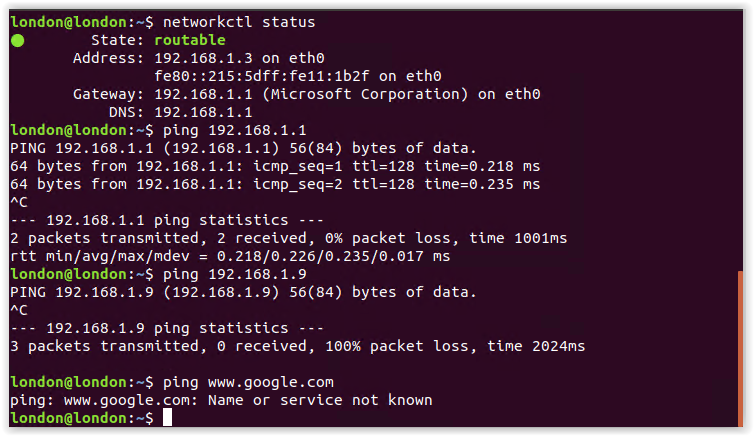@raviktiwari said in Sending and Recieving emails...:
As soon as I open the ports, scammers get excited and they start hitting my server and because the port is opened pfSense ...
That's totally normal. If you have a to serve port Xx, you'll be needing an server type application that you should (totally) trust, it should be set up to 'listen' to that port, and that port should be reachable by the public that could have to use that port Xx. This actually means that anybody on planet earth can connect to 'your' server.
( people tend to use firewalls on server type devices to lock down non-served ports. Think about this for a minute or so.
If your laughing right now , then ok, perfect. You got it. A firewall on a server is ... quiet useless - There is no reasons to 'close' non served ports, because they are black holes by nature.
This reasoning is valid if the admin admins his server. That is : that he controls what executes,a nd when, on his server - and how it is executed. When the looses control, well, the first thing that would fall is the firewall - so start with not using a firewall on a server => one thing less to 'admin ;) and one thing less to mess up l.
Like Apache2, nginx will be listening to port 80 and or 443. postfix will be listing to 25 TCP and probably also 465 TCP and 587 TCP (now out phasing)
postfix will show / produce huge logs daily ****, filled up connection attempt from 'other' devices on the Internet connecting to your IP:port to try to 'dump' their rubbish. That normal, and you should consider it as simple back ground noise.
Important to know : postfix, as worlds most used mail server, is pretty darn good to take care of the rela mails 'for you' and discarding the rest.
But : postfx is as good as the admin maintaining it.
The setup of a postfix server is ..... huge.
And, IMHO, its totally impossible to encapsulate the settings with some sort of GUI like VirtualMin or others. You have to master - with your head - the master.cf and main.cf files. This is my opinion of course, as I needed a multi domain, multi IPv4, multi IPv6 with added IMAP/POP mailbox support. It should work with Outlook Express (back then) - all Thunderbird version, as up to the latest "Office 365".
For me, it all started here (I guess) : http://www.postfix.org/SMTPD_ACCESS_README.html
This is gold : http://jimsun.linxnet.com/misc/postfix-anti-UCE.txt is still actual as of today !!
A firewall can't help you here "with some rules". *** What really helps to get out the 'door knockers' is a tools like fail2ban.
It parses the postfix logs, searches for known - non accepted by postfix - incoming connections, and if they repeat themselves, or come back to often, the firewall gets loaded with a block rule for that IP.
Se it here in action.
fail2ban parses also ssh logs, web server logs, teamspeak logs, etc, and acts if it finds something suspect.
*** most traffic, even mail traffic, is SSL encoded, so a firewall hasn't even access to the payload, it would see the source IP, and that's it.
**** you'll meet up with logrotate for log file management.
edit : sorry for losing the subject.
edit 2 : I'm not running postfix on or after pfSEnse postfix of course (@work) . ISP lines are mostly big mega f*ck to host mail servers, as they are listed as such.
It's a typical VPS usage, or what I use : a pair of https://www.ovh.com/ca/en/dedicated-servers/ which includes all the IP's needed, and, hopefully I never need it : a huge DOSS protection - on a naked (no GUI) Debian 9/10 install.
When you start to run postfix yourself, bind (named) wiill follow as a master DNS server for your domains, and a web server will follow. Some Squirrel (old ... I know)/Roundcube instances, a MariaDB (ex. MySQL) for housekeeping etc etc.
Btw : the "rock science" used by the big ones has nothing to do with what I / you do. They will not tell how they do it for - logical - security issues. But English/German/Belguim/French/Spanish biggest ISP did this : they took a copy of postfix, as it is 'free ware' (somewhat), and adapted it to it scales up on a pure maddens level.
They ware using qmail back then .... they all paid the price. And no, no 'Exchange' for them.
